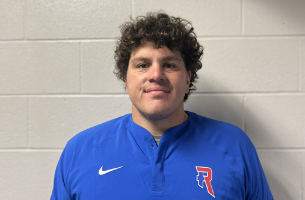BROWNSBURG, Ind. — Public schools across Indiana are sitting in waiting for what to do next as Governor Eric Holcomb considers whether or not to reopen the state’s economy from his stay at home executive order due to coronavirus.
Dr. Jim Snapp, superintendent of Brownsburg Community Schools tells “The Rob Kendall Show” on WIBC the coronavirus pandemic has essentially wiped out any hope of school corporations being able to give teachers the pay raises they’ve been demanding.
“There was great hope to address some things when it comes to teacher pay in the next biennium (budget),” Snapp said. “That’s not going to happen.”
Snapp said it’s because of an anticipated lack of funding from the state due to cutbacks as more money gets allocated to help Hoosiers affected by the coronavirus and loss of revenue with fewer students expected to return right out of the gate because of coronavirus fears.
He cited what the state of Oregon is doing. Oregon state leaders there said they will have to cut state education funding by 8-percent in the state budget passed by the state legislature just 10-months ago.
“The schools are funded by enrollment,” he said. “We wonder how our enrollment is going to be impacted in the fall. If kids can come back to school, some parents may say ‘no, we’re not ready to send our kids back yet’.”
Before the coronavirus pandemic, teacher pay had been a topic of growing concern among Indiana’s teachers and education leaders alike. It was a push even championed by State Superintendent Dr. Jennifer McCormick.
“This is my 35 year (in education). I’ve never seen anything like this,” Snapp added. “It kind of came out of nowhere. It happened fast. I’ve never seen anything like it and I hope never again.”
Snapp said his school corporation is taking great care in providing the best possible avenue for children in Brownsburg to get their education through E-Learning methods while also being sympathetic to what parents are going through.
“We are one of the 50-percent of schools that have not embraced e-learning,” Snapp said. “So, we had to put a model in place that we haven’t had practice with, nor do we embrace fully. We’re forced to now, but that would not be our instructional deliver model of choice.”
He added that he understands some parents of young children may have a hard time keeping their Kindergarten to 3rd grade aged child on task when it comes to e-learning while also trying to work from home or deal with being unemployed during a time like this.
Right now, he said all they can do is sit, wait, and stay the course on e-learning methods until the governor gives them guidelines on how to safely return children throughout the state back to school as normal.











